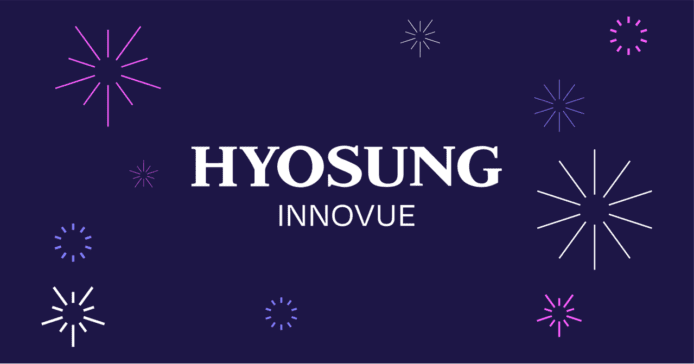
Tristan Charles is in charge of Branch Strategy & Advisory Services at Hyosung. Tristan leverages his extensive banking and cash automation experience to help financial institutions of all sizes ensure that they are receiving the maximum benefit from their cash automation technology. Tristan also played a key role in developing Hyosung’s TCR and branch transformation solutions. Prior to joining Hyosung Tristan worked at North Carolina State Employees Credit Union in various branch operations and branch management roles.
Branch transformation has become an ever-present topic for financial institutions. Banks and credit unions of all sizes are evaluating the way they build their branches, working to create the right mix of customer experience, employee satisfaction, and operational efficiency. At the heart of any branch transformation initiative is self-service banking.
Self-service banking began in 1967 with the introduction of the first ATM in the UK. The ATM came to the United States in 1969 when Chemical Bank installed the first one in New York, along with the slogan that the bank was now never closed. In 1979 the first ATM switching system was introduced allowing transactions from multiple banks to be performed at a single ATM. Then 1980 brought the next changes for self-service banking as the first drive up ATM appeared, replacing the teller drive-up drawer. During the 1980s and early 90s banks also began to add more functionality to their ATMs, allowing other transactions to be performed via self-service such as balance inquiries and transfers between accounts.
As ATM technology began to progress, we then saw the introduction of deposit automation. This allowed customers to deposit both cash and checks to their accounts at the ATM. This deposit capability led to the next evolution in ATM technology – the recycling ATM, allowing one customer to withdraw cash that was deposited by another (last in first out).
At the same time that ATM hardware technology was progressing, ATM software capabilities were also growing. This combination led to the introduction of the video capable ATM, sometimes referred to as an ITM (interactive teller machine). This allows customers to request teller assistance via video to complete more complex transactions at the ATM through an assisted self-service model. The request is then routed to a video teller, allowing them to assist the customer with the transaction. It allows financial institutions to create flexible staffing models, reducing branch staff and centralizing video tellers while providing extended services to their customers.
The next step in self-service banking was the core integrated ATM. Core integration allows the ATM to speak directly to the banking core to give customers access to all of their banking relationships at the ATM, 24 hours a day. With core integration, over 95% of teller transactions can be done self-service by the customer. The customer can do anything from print mini statements, make split deposits, pay loans by cash, or transfer funds between accounts without teller assistance. When core integration is combined with ITM functionality, video tellers are used to handle edge cases and help empower customers to learn to do more transactions via self-service in the future.
The growth of ATM technology helped to push branch transformation across the banking industry. Branch sizes and staffing needs can be reduced. With the addition of the robust self-service capabilities created by core connected ATMs, customers can perform most teller transactions via self-service, reducing the need for manual transaction processing and allowing the movement of staff to revenue generating roles. Branch sizes and staffing needs can be reduced, and branches no longer require a large teller line staffed be multiple tellers with a large square footage footprint. Self-Service technology can be deployed with a reduced banking staff to assist when needed. With more transactions occurring via self-service channels, branches can be maintained with a smaller footprint and require lower operational cost to operate.
The future of self-service banking is now with Hyosung’s Series 9 ATMs and a closed cash eco-system. Series 9 ATMs are capable of recycling all six major denominations, allowing full accessibility at all ATMs. This increased functionality allows banking customers to perform even more transactions via self-service while further reducing the need for ATM servicing by replenishing all denominations through ATM recycling. When combined with an MS500 TCR enabled with transit cassette technology to manage branch cash, self -service core integrated ATMs can be maintained with branch staff never touching cash. Combined with proper monitoring, Hyosung’s secure transit cassette creates a self-service ecosystem where all branch cash is recycled, and all ATM servicing is done without touching cash, increasing branch security and efficiency by essentially eliminating cash handling in the branch. The final result is an operational model that provides maximum access to customers in an extremely efficient environment, with bank associates focused on deepening customer relationships.
For more information on Hyosung’s innovative self-service and cash handling capabilities, please contact your Hyosung sales representative or certified dealer, or you can contact us directly.

